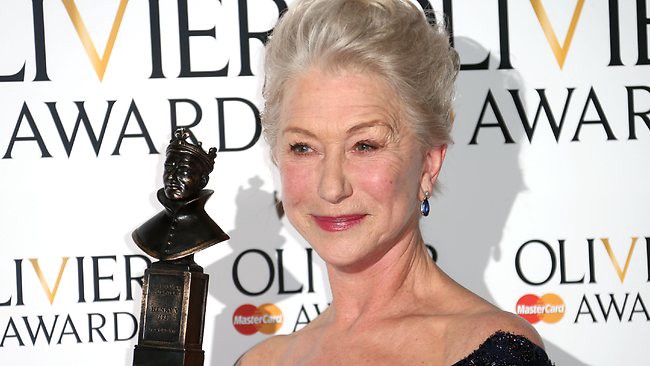I’ve been catching up on Twin Peaks for the past few months, and it’s been fascinating to see how heavily David Lynch’s 1990–1991 series still influences today’s TV landscape. The show’s initial question — “Who killed Laura Palmer?” — has been repurposed into virtually every new crime drama today, nearly all of which start with the discovery of a dead young woman.
But Twin Peaks is singular in its devotion to solving the mystery of who Laura was before getting caught up in her investigator Agent Dale Cooper’s eccentricities and tangled personal life. Contrast that to most contemporary shows, like FX’s The Bridge, HBO’s True Detective, or any incarnation of NBC’s Law and Order, which implicitly naturalize violence against young women by using them as unnotable backdrops to the relationship between detectives or through the sheer accumulation of female cadavers.
Well, I’m sick of this parade of beaten, battered, brutalized women. Sure, TV offers plenty of less violent options, now more than ever, but I remain disturbed by the frequency, even the expectedness, of murdered women on television.
I’m apparently in great company, as Helen Mirren also spoke out recently against the preponderance of dead women on British television. Mirren echoed writer David Hare’s disgust at the “ridiculous” body count on the small screen, then gendered the issue: “Most of those bodies are young women.”
In recent years, Mirren has also balked at the rising violence in film. She asked that her character in Red 2 not kill any of her foes, explaining, “I do get terribly upset when I see films where people are just randomly shot. I think they all have families to go to, children at home.”






